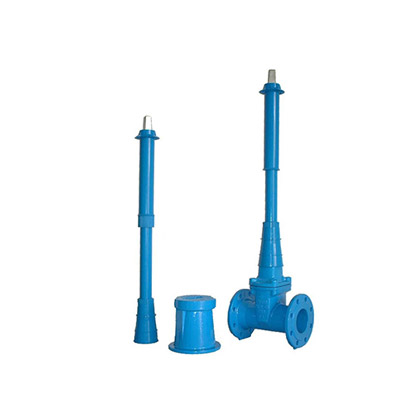A complete guide to gate valve application: from selection to maintenance, master all the key points
Why is the gate valve called the "iron gate" of the pipeline system?
As the most widely used shut-off valve in industrial pipelines, the gate valve has a simple structure and reliable sealing, making it a "standard configuration" in the fields of petroleum, chemical industry, and electricity. However, problems such as wrong selection, improper installation, and lack of maintenance often lead to valve failure or even safety accidents. This article deeply analyzes the application points of gate valves to help you avoid common "minefields"!
Analysis of gate valve structure
Main components:
Valve body: pressure-bearing body, common materials are cast steel, stainless steel, and alloy steel (high temperature and high pressure scenarios). Gate: divided into rigid gate (suitable for straight pipelines) and elastic gate (can compensate for slight deformation). Valve stem: lifting type (rising stem) VS rotating type (dark stem), the rising stem is easy to observe the opening but requires a larger installation space. Sealing surface: surfacing hard alloy (such as Stellite STL) can improve wear resistance and is suitable for medium containing particles.
Classification comparison:
By channel direction: full bore (no flow loss) VS reduced bore (cost saving, increased pressure loss). By sealing form: parallel gate valve (double gate, suitable for low pressure) VS wedge gate valve (single gate, better sealing for high pressure).
Six golden rules for selection: matching working conditions for efficient operation
Medium characteristics:
Corrosive media (such as acid and alkali): choose fluorine-lined gate valve or 316L stainless steel valve body. High temperature steam (>200℃): chromium-molybdenum steel material + graphite spiral wound gasket is preferred.
Pressure and temperature:
Low pressure and normal temperature (PN16 or less): cast iron valve body + soft seal (rubber/PTFE). High pressure and high temperature (PN40 or more): forged steel valve body + metal hard seal must be used.
Flow requirements:
Fully open and fully closed working conditions: full-bore gate valve (such as oil pipeline). Flow adjustment required: Leflow gate valve is not applicable! Use regulating valve or butterfly valve instead.

Installation and operation
Pre-installation inspection
Remove welding slag and debris from the pipeline to avoid scratching the sealing surface. Check whether the valve stem is flexible and whether the gate is open and closed without obstruction.
Operation points
Opening and closing principle: When fully open, the gate rises to the top of the valve cavity. When fully closed, the handwheel rotates to the dead point and then turns back 1/4 turn to prevent excessive extrusion of the sealing surface. High-temperature valve operation: First slightly open 10% to preheat to avoid thermal shock causing gate deformation.
Installation taboos
Inverted installation is strictly prohibited: installing the valve stem downward will cause medium deposition and damage the seal. Horizontal pipeline installation: The valve stem should be vertically upward with an inclination angle of ≤15°. Bypass setting: It is recommended to install a bypass valve to balance the pressure difference for high-pressure large-diameter gate valves (DN≥300).
Maintenance and troubleshooting
01Daily maintenance Regular grease injection: Inject EP type sealing grease through the valve body grease injection nozzle (once a year, once every six months under high temperature conditions). Valve stem lubrication: Use food-grade grease (such as food factory scenes).
02 Common faults and countermeasures Leakage: Leakage at the valve stem: Tighten the packing gland or replace the graphite packing. Sealing surface leakage: Grind the sealing surface or replace the gate (damage depth > 0.5mm needs to be scrapped). Jamming: Medium crystallization jamming: Use steam to purge the valve cavity (such as urea industry). Thermal expansion and contraction jamming: Knock on both sides of the valve body to relieve stress (brute force is prohibited to turn the handwheel!).

